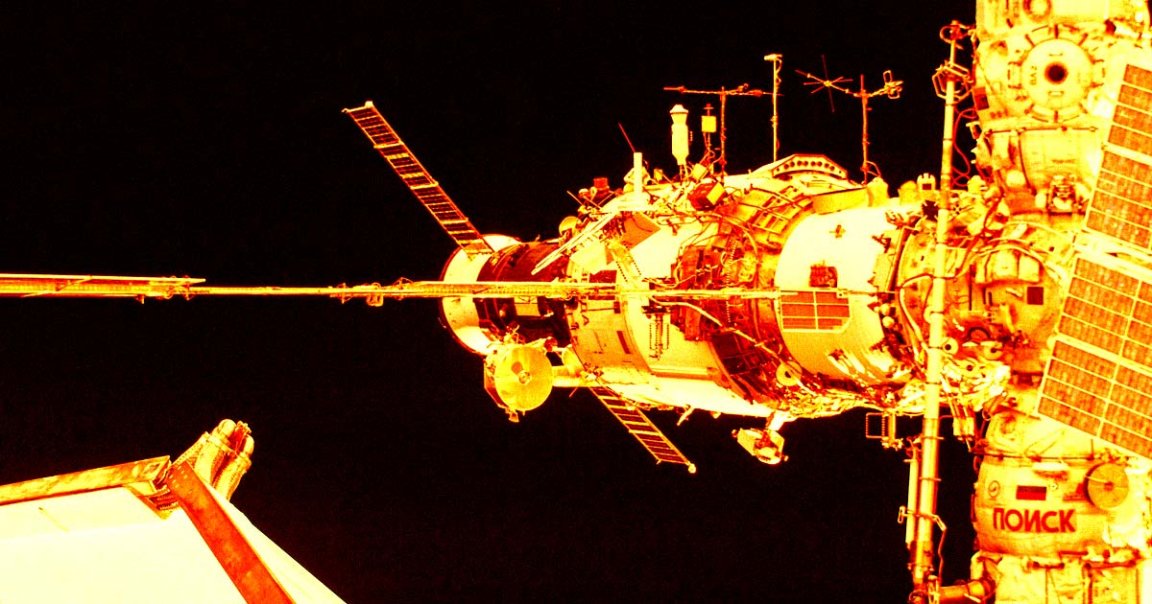
Take a Leak
In September, NASA’s inspector general warned in a report that new cracks and leaks affecting the Russian segment of the aging International Space Station continued to be a “top safety risk.”
The leaks, which have plagued a module connecting the segment’s docking port to its service module, have been around for years, as SpaceNews reports, forcing astronauts to keep the module’s hatch closed most of the time.
And while former astronaut and head of NASA’s ISS Advisory Committee Bob Cabana said the leaks are leading to the “possibility of a catastrophic failure” during a recent meeting, as quoted by SpaceNews, Russia’s counterparts have continued to downplay the severity of the situation.
“The Russians believe that continued operations are safe but they can’t prove to our satisfaction that they are, and the US believes that it’s not safe but we can’t prove to the Russians’ satisfaction that that’s the case,” Cabana said during the meeting.
[not seeing anything recent]
Hole Milk
Roscosmos and NASA also disagreed on the possible cause of the ongoing leaks. Cabana revealed that Russian engineers have pointed to “high cyclic fatigue” caused by micro-vibrations. NASA, however, believes it’s more complicated than that, with mechanical stresses, among other factors, slowly degrading the module’s material.
While Cabana continues to stress the severity of the situation, other NASA officials told the Washington Post last month that the leaks aren’t a huge deal.
“Roscosmos has applied sealant to many of these areas of interest which has further reduced the leak rate,” NASA spokesperson Kathryn Hambleton told WaPo at the time.
Meanwhile, Roscosmos identified a whopping 50 “areas of concern,” according to Hambleton, underlining the scope of the issue.
In short, regardless of the disagreement over the leaks’ cause or severity, it’s yet another sign that the space station, which has been continuously occupied for just over 24 years, is seriously starting to show its age.
“The station is not young,” said NASA astronaut Michael Barratt, who returned to Earth from the station last month, during a briefing last week, as quoted by SpaceNews. “It’s been up there for quite a while. You expect some wear and tear, and we’re seeing that.”
More on the leaks: NASA Says It’s Totally Fine the Space Station is Absolutely Riddled With Cracks and Leaks